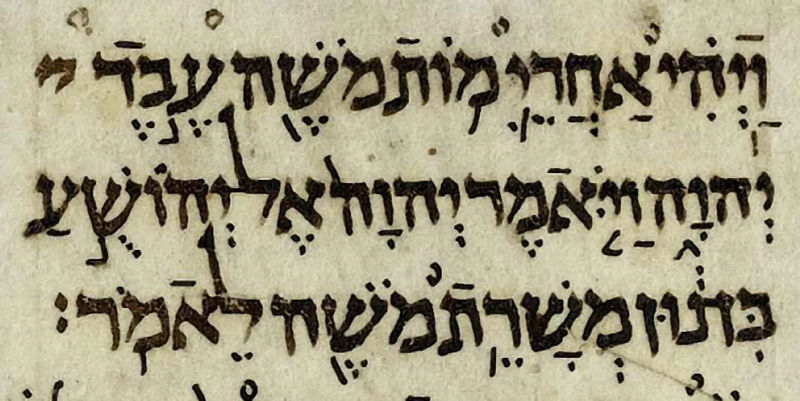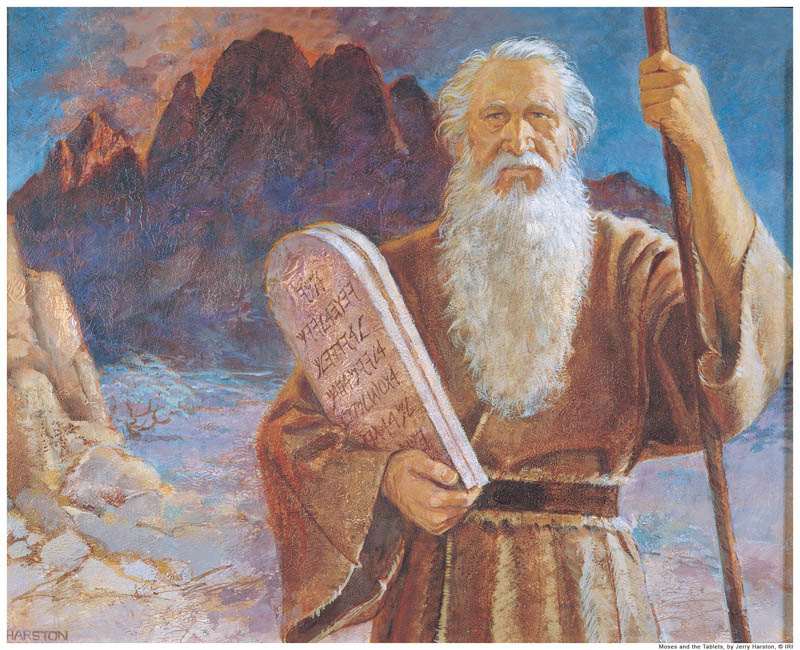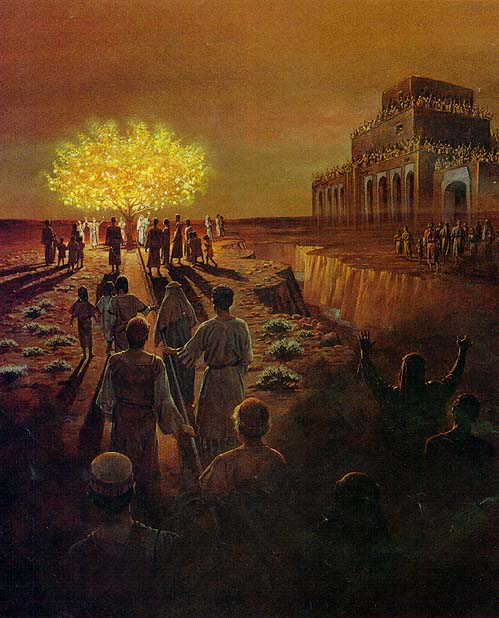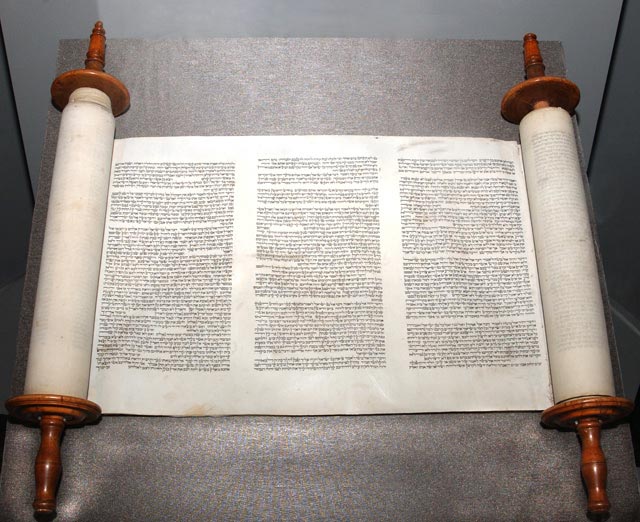A Jewish Feast of Weeks Family Home Evening Guide
I loved celebrating the Jewish holidays when we lived in Israel. As we study the Old Testament this year, learning about and celebrating the Jewish holidays helps us to better understand the Jewish roots of our own faith.
When Passover ends, a period of time called “counting the omer” begins, seven-times-seven days of rainless weather, when crops are sown in trepidation that they will fail….at least anciently, that was the case. Irrigation mitigates that fear in modern times. Another reason for the difficulties of the season was and is the chamsin, or sharav, hot winds from the eastern desert.
When the seven weeks ends, Shavuoth occurs. Also called Pentecost because of the 50th day, the holiday celebrates the giving of the Law at Mount Sinai during the Exodus. The festival anciently required a pilgrimage to the temple in Jerusalem, and was a festive and joyful celebration of the first wheat harvest of the year. Oxen’s horns were decorated with greens and flowers, and synagogues are similarly festooned today.
The girls wear flowers in their hair, and the food is representative of the warmer season. The Holy Spirit was bestowed upon Christ’s apostles at Pentecost, and they spoke in tongues, converting thousands who knew the history of the festival. (See Acts 2.)
In the synagogue nowadays the Book of Ruth is often read, a portion of the Bible remarkable because there are no bad guys. The book is a spiritual treat, full of compassion and kindness, and a wheat harvest, too.
How to Make a Flower Head Wreath
Begin with a long piece of flexible vine. Wrap it around the girl’s head until it comfortably rests just above the ears, and twist it around itself. Then insert live flowers with short stems into the spaces of the woven vine, or wire the flowers in place.
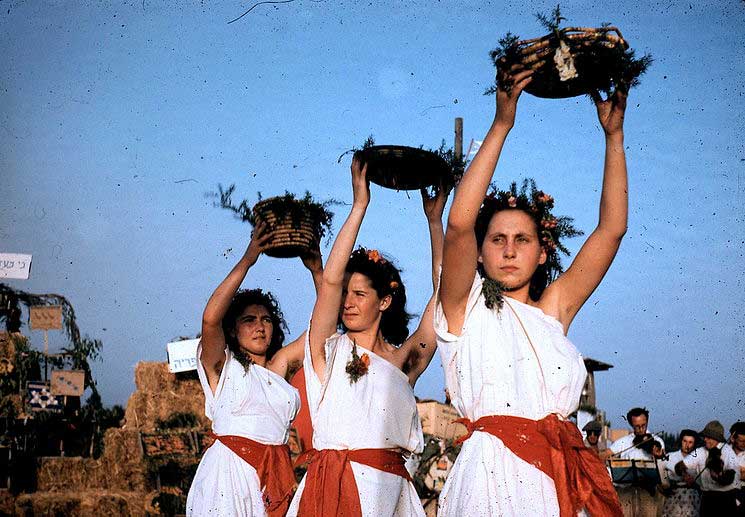
A Feast of Weeks Family Home Evening
(Adapted from Days of Awe: Jewish Holy Days, Symbols and Prophecies for Latter-day Saints)
Songs suitable for this family home evening:
As I Search the Holy Scriptures ……………..277
The Iron Rod ………………………………………274
Search, Ponder, and Pray (Songbook)………109
Preparation:
Have all your scriptures handy. Each member of the family will need a piece of paper and a pencil or pen. Have recipe ingredients ready in the kitchen, if you choose to make blintzes or cheesecake for your activity. You might want a picture of Moses and the Ten Commandments, a piece of parchment paper, a picture of Hebrew writing with all the jots and tittles shown around the consonant letters. If you want to make flower head wreaths, you’ll need those supplies.
Feast of Weeks Lesson:
When the Children of Israel were wandering in the wilderness, they came to a tall mountain in the desert called Mount Sinai. The Lord commanded Moses to ascend the mountain where he could speak with the Lord personally and receive instruction for the people. The Lord gave Moses the “Ten Commandments.” Look them up in Exodus 20:3-17. These commandments are still in effect today. People all over the world look to them as a guide to moral behavior (explain what that is to younger children).
The Lord gave Moses more than the Ten Commandments. God gave Moses the “Torah,” the laws of God found in the first 5 books of the Bible, called the five books of Moses. We have more about Moses in Joseph Smith’s translation of the Bible, now known as the Book of Moses in the Pearl of Great Price.
The scriptures were a very great blessing to the Children of Israel. While Moses guided them through the wilderness, the scriptures helped to guide them spiritually. By following what was written in the scriptures, they could purify themselves and become worthy to enter the Promised Land. The Laws of Moses taught them how to act toward others, to love their neighbors, and how to repent. Our life on earth is like a walk through the wilderness, and the scriptures are the map for us to follow, so we can one day return to live with our Father in Heaven.
Lehi in the Wilderness
Lehi had a dream in which he was lost in a wilderness. Turn to 1 Nephi 8:7, 8 for a description of this wilderness. Close your eyes and try to imagine it. He was so lost for so long, that he began to pray. Do you remember the rest of Lehi’s dream? Lehi saw a tree that bore marvelously wonderful fruit, representing the love of God and the blessings of the gospel of Jesus Christ. The people who made it through the wilderness in the mists of darkness to get to the tree held on to an iron rod. The iron rod was the word of God, the scriptures. The scriptures give us something straight and true that we can follow and hold on to. If we do, we can also be led through the wilderness to the Lord’s kingdom.
Letter by Letter
The Jews believe that the Lord gave scriptures to Moses at Mount Sinai letter by letter, written by the finger of God. There were no ways to print scriptures at that time. These scriptures were written on stone! The Children of Israel could write on parchment, but they had to copy the scriptures by hand, and they did it letter by letter to make sure that every copy of the scriptures was perfect. The Jews were not allowed to change anything when they copied the scriptures, even if what they were reading and writing made no sense to them.
Feast of Weeks Activity 1:
Choose a verse of scripture. Have everyone copy it, letter by letter, with every punctuation point perfectly in order. If you want this to be truly difficult, have them copy the Hebrew scriptures above! (Remember that Hebrew is written from right to left.) Look them over for mistakes, then check them again. This might seem tedious, but the work of copying the holy scriptures was very tedious work. It was extremely important that everything was correct. Roll the papers up into scrolls. Explain that a Torah scroll is so sacred that a Jew is expected to give his life to protect the scroll if it is in danger. Would you give your life to protect the scriptures? Is it necessary nowadays? Why? What if there was only one copy of the Book of Mormon in your stake or district? Torah scrolls are treated like treasures and kept in beautiful closets in synagogues. How do you treat your scriptures.
In 2 Nephi 29 God explains that when the scriptures first came forth from the Jews, they were perfect. Many translations of scriptures have been done in the hundreds of years since. Most were done by religious scholars who changed the wording if it didn’t make sense to them. Many plain and precious truths have now been lost from the Bible. The Book of Mormon helps us understand some of them.
Feast of Weeks Activity 2:
Turn to Genesis 6:16 and read it together. It is about building Noah’s ark.
“A (a)window shalt thou make to the ark, and in a cubit shalt thou finish it above; and the door of the ark shalt thou set in the side thereof; with lower, second, and third stories shalt thou make it.”
This scripture makes fine sense. The Lord is telling Noah how to build the ark with windows and doors. Now look at the footnote below:
“16a: HEB tsohar: some rabbis believed it was a precious stone that shone in the ark.”
Indeed, the word tsohar means precious and shining, and the Jews have a tradition that a precious, shining stone gave light to the ark. Why did the translator change this word to “window”? Because that surely made sense to him. But the original message was lost.
Read Ether 2:25 and 3:1-6. Why do you think the Brother of Jared chose to bring stones to the Lord, thinking that if the Lord touched them, they would shine? Could he have gotten this idea from the scriptures? If the translator had known the story of the Brother of Jared, it might have made sense to him to keep the true meaning of the word tsohar.
Our prophets have testified to us that the Book of Mormon is the most pure book we can find on earth. This is because the Lord Himself guided Joseph Smith through the translation process from the original, ancient records. We should hold to it as our iron rod to lead us through the wilderness of life.
Snacks
Dairy products are traditional for Shavuoth, as are spring fruit salads and fruit dishes. This cheesecake recipe was adapted from Chabad.org.
Graham Cracker Crust
18 double graham crackers
2/3 cup margarine or butter, softened
1/3 cup sugar
Whir crackers in a blender until fine crumbs. Mix with margarine or butter. Mix in sugar and press mixture into the sides and bottom of a 13″ x 9″ pan. Bake at 350 ° for 5 – 10 minutes. Remove from oven.
Filling
1 pound cream cheese
3/4 pound cottage cheese
2 eggs
1 1/2 cups sugar
1/4 tsp. Salt
2 1/2 Tbsps. cornstarch
1 1/4 cups sour cream
3/4 cup milk
1 tsp. vanilla extract
Soften cream cheese and beat with cottage cheese until smooth. Mix with other ingredients and gently pour into crust. Bake for about 1 hour at the same oven temperature. Turn the oven off, open the door, and allow the cheesecake to sit inside the oven for another hour. Remove from oven and chill. Use berries or crushed graham crackers for topping.
Cheese Blintzes
Follow the instructions in the video below to learn how to make Jewish cheese blintzes.



